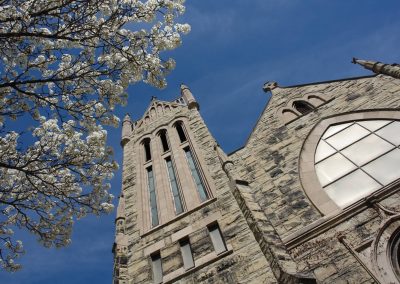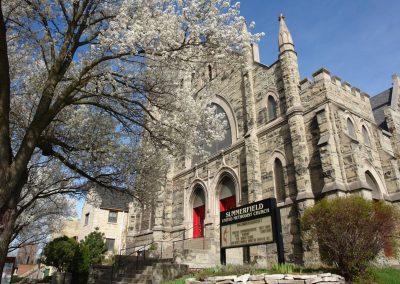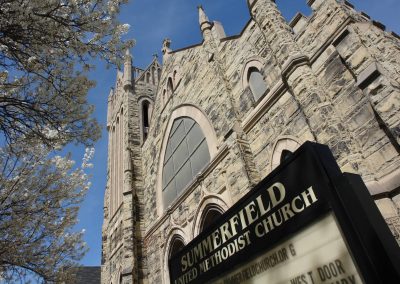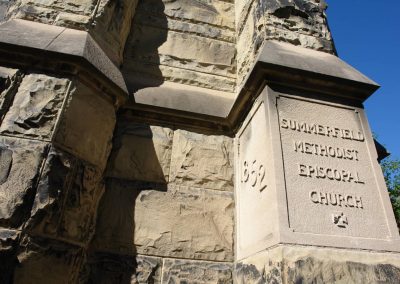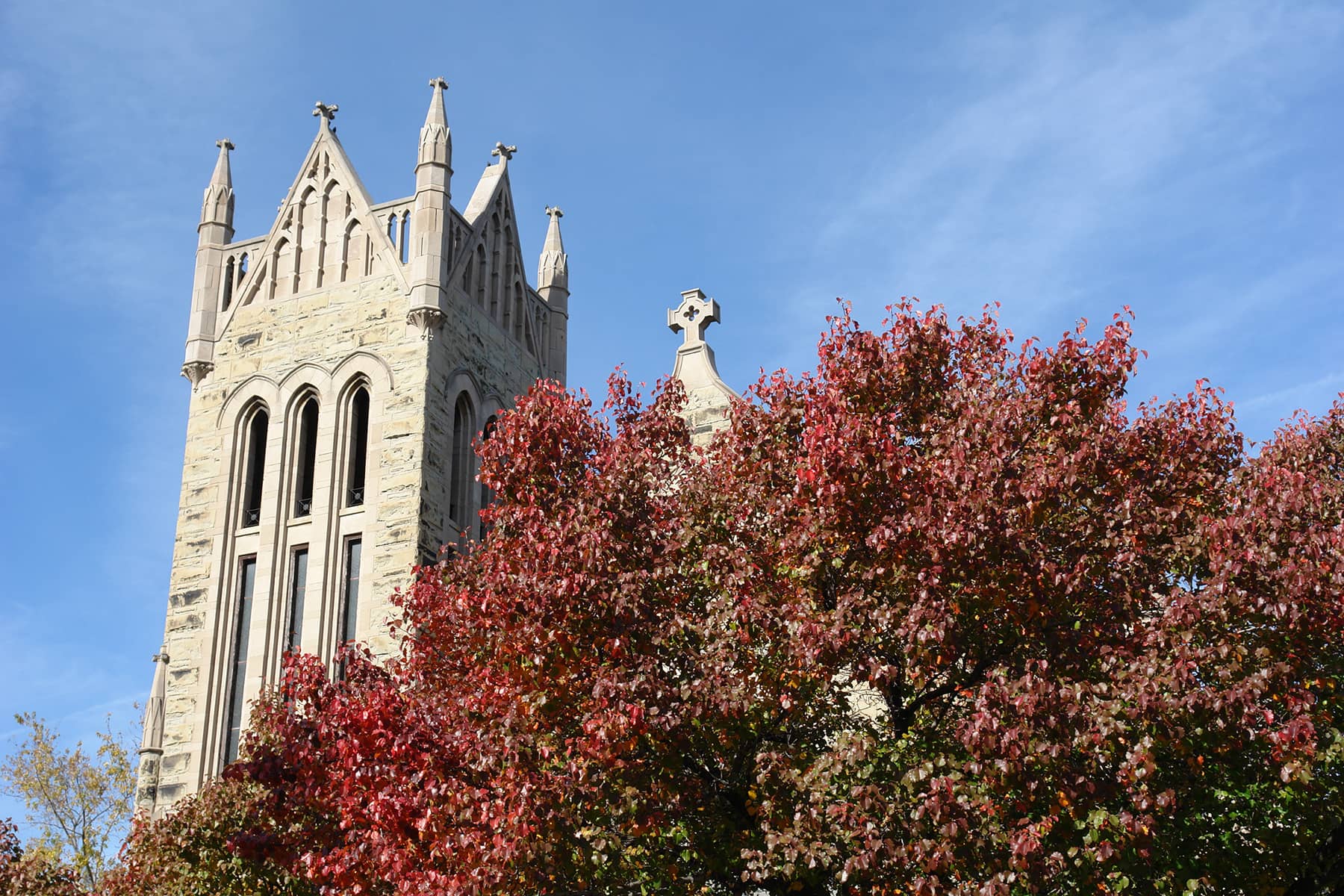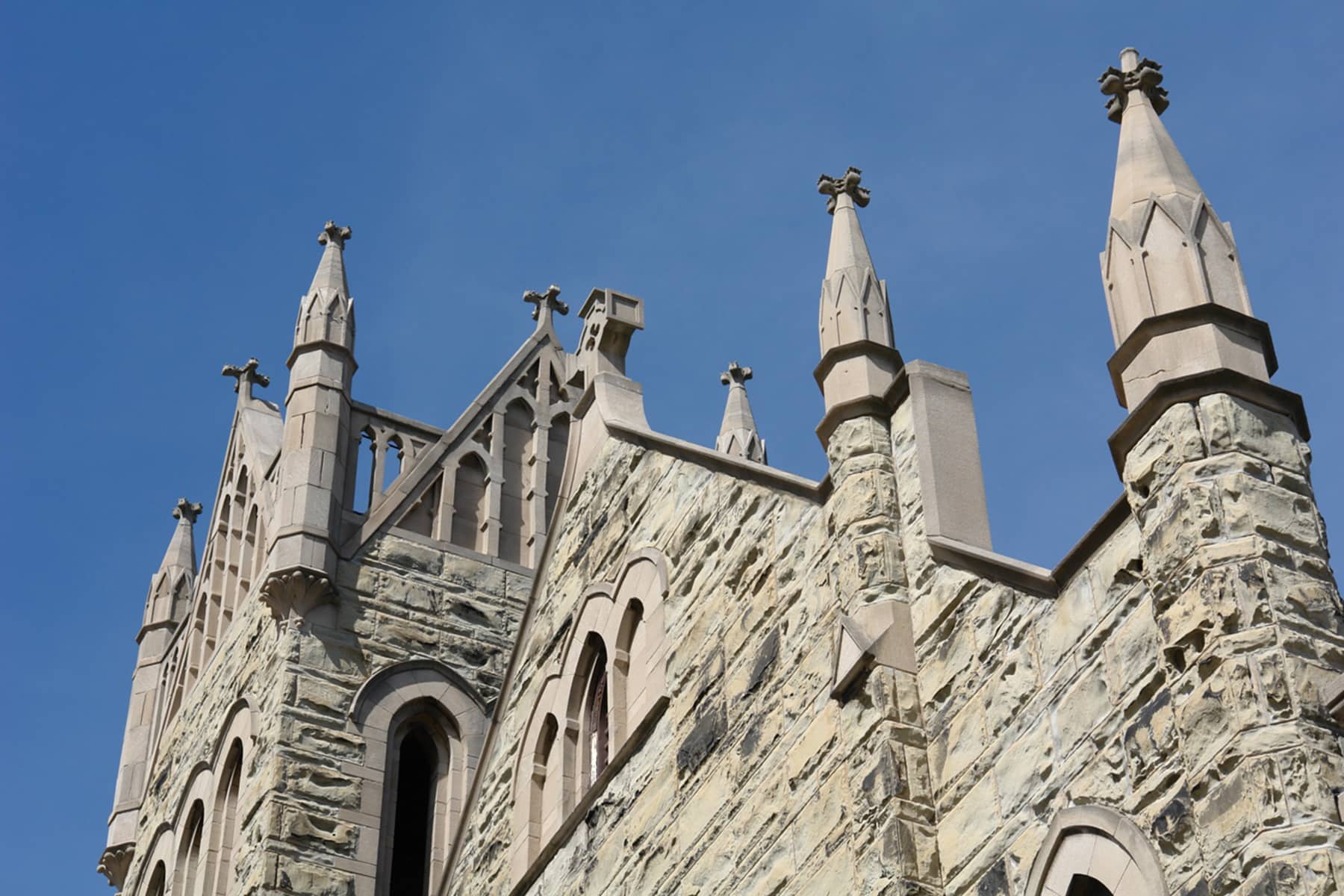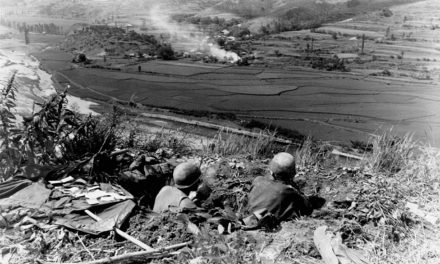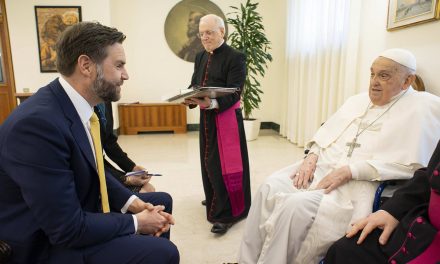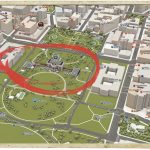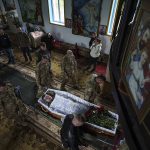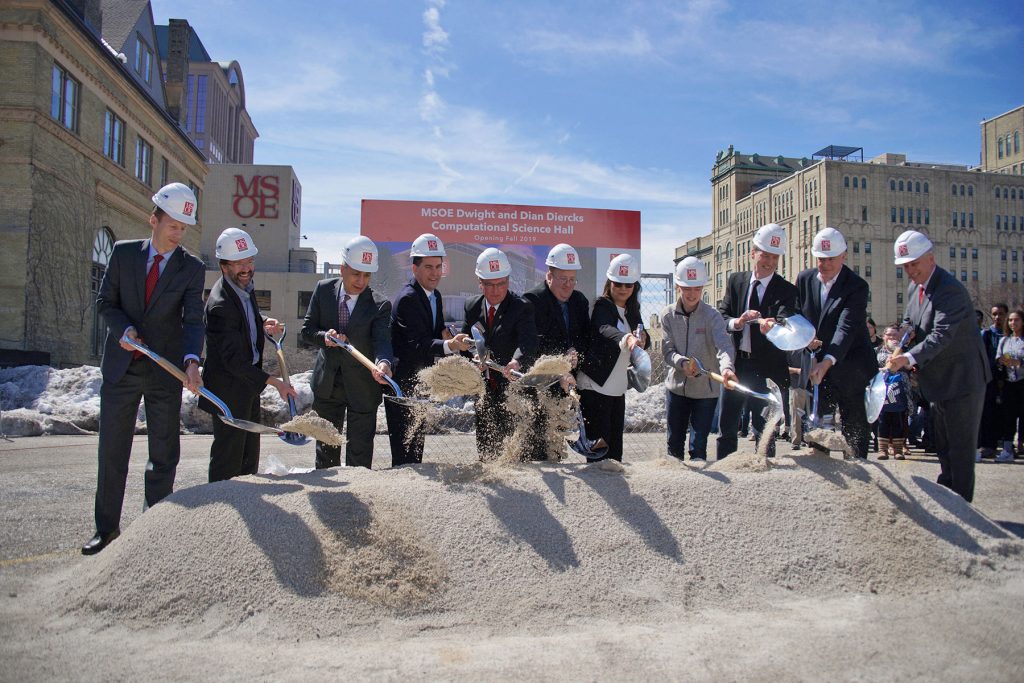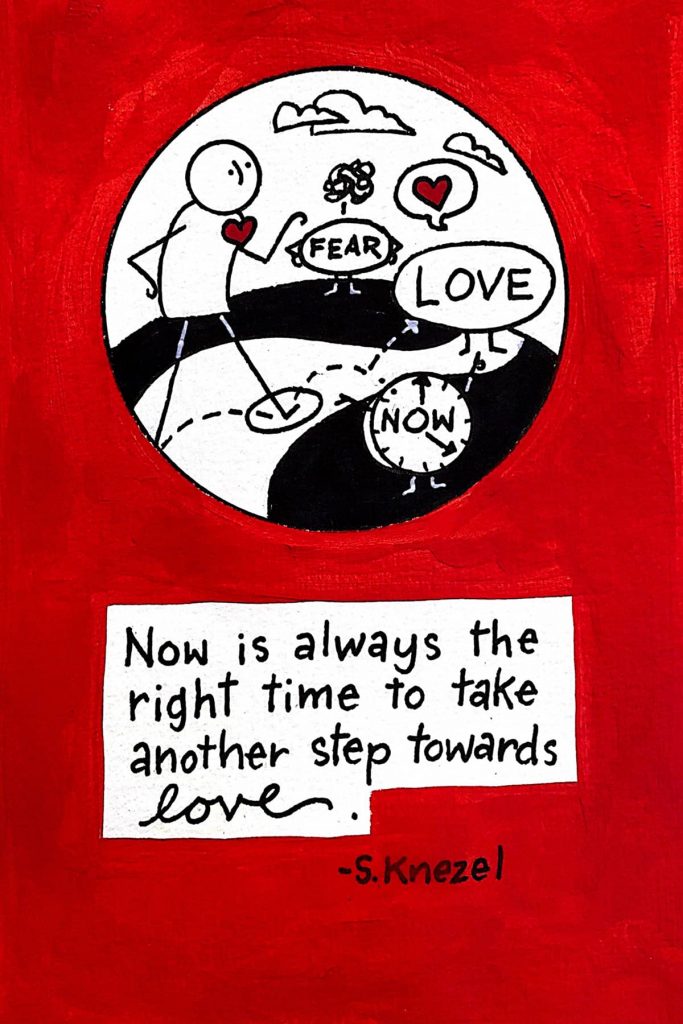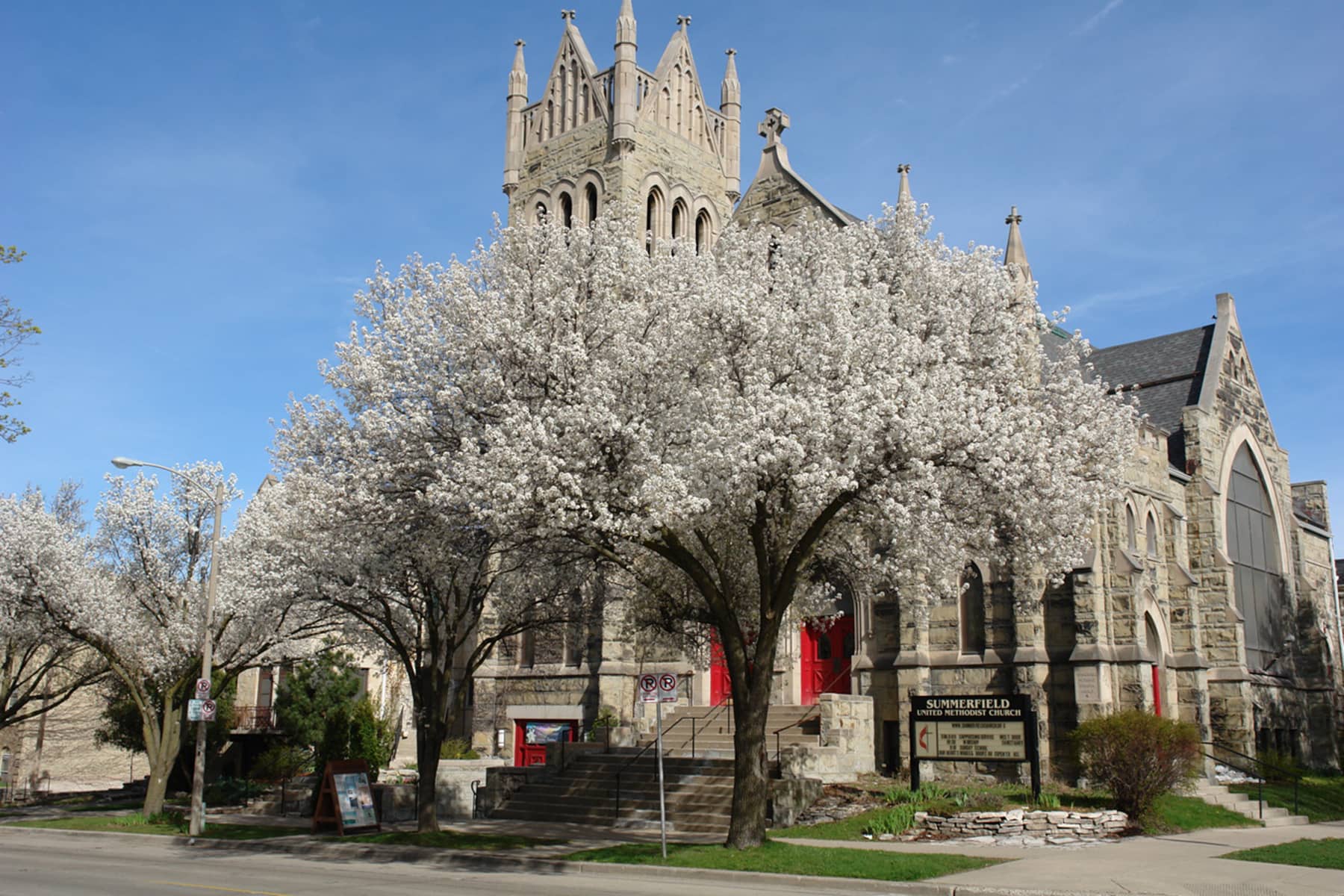
For more than 170 years, the congregation of Summerfield United Methodist Church served as a moral anchor on Milwaukee’s east side. Founded in 1852 by abolitionists, it was sustained through eras of reform and remembered as the birthplace of Goodwill Industries. Since 1904, its Gothic Revival building at Cass and Juneau has stood as a visual landmark and a center for compassion-based outreach. This editorial series revisits Summerfield’s legacy on the second anniversary of its final service, held June 25, 2023.
A historic church that once anchored spiritual life on Milwaukee’s east side is poised for a dramatic transformation.
The Gothic Revival structure that housed Summerfield United Methodist Church for more than a century is planned for redevelopment as residential housing by a Chicago-based developer, marking the latest chapter in the evolving landscape of the Yankee Hill neighborhood.
Constructed in 1904, the three-story brick-and-limestone church at the corner of East Juneau Avenue and North Cass Street has long stood as a fixture in the community. Over the decades, the building served not only as a place of worship, but also as an incubator for community initiatives.
In 1919, the basement gave rise to what would become Goodwill Industries of Southeastern Wisconsin, and decades later it hosted some of the city’s earliest Narcotics Anonymous meetings. These contributions cemented Summerfield’s place in Milwaukee’s social and civic history, even as its congregation gradually declined.
By 2023, the church’s active membership had dwindled to just 11 individuals, none of them under the age of 65. Facing mounting challenges in upkeep, programming, and relevance in a changing urban environment, the Wisconsin Conference of the United Methodist Church made the decision to close the church.
Despite its historic significance, the building did not receive local historic protection, leaving it vulnerable to disuse and decay. Its closure also highlighted a broader trend that has seen diminishing support for aging religious institutions, especially in urban centers.
While never publicly acknowledged, many in the community viewed the withdrawal of support from the state-level United Methodist conference as a final blow, a quiet abandonment of one of Wisconsin’s most storied Methodist congregations.
In September, the church found a new future when it was sold for $715,000 to a real estate affiliate of JODI Development, a Chicago-based firm known for converting former churches into upscale residential spaces. The sale included the main sanctuary and an adjoining parsonage, which sustained fire damage earlier in the year.
JODI has presented its vision for the property as one of adaptive reuse. While no formal development plan has been released, the company has indicated that its intention is to preserve and convert both the church and parsonage into apartments. Previous projects by the developer in cities like Chicago and Evanston have involved similar conversions, often pairing restored architecture with modern living spaces.
At this stage, the site poses unique challenges. The lot spans just under 15,000 square feet, offering limited room for expansion without altering or removing existing structures. Complicating matters is the fire-damaged parsonage, which the developer has expressed interest in saving if structurally feasible. The surrounding area includes a modest lawn and an adjacent parking lot owned separately, restricting the scope of any ground-up construction.
Despite these hurdles, the building’s architectural features offer strong potential for conversion. With its soaring windows, vaulted ceilings, and stone detailing, the former church presents a dramatic canvas for unique interior layouts. Developers familiar with similar projects often find these features to be key selling points, offering character that newly built units typically lack.
For the surrounding neighborhood, the redevelopment represents both continuity and change. Yankee Hill, once a quiet residential enclave, has in recent years seen renewed interest from investors and developers eyeing its proximity to downtown, lakefront parks, and cultural institutions.
The transformation of Summerfield into housing aligns with this momentum, promising to bring new residents into the area while preserving the building’s historic façade. What remains to be seen is how the project will address infrastructure issues, particularly parking, a recurring concern in high-density districts like Yankee Hill.
City zoning regulations currently require some level of parking for residential conversions, though the trend in Milwaukee has slowly shifted toward reducing such mandates. The developer has acknowledged the need to comply with existing requirements while also responding to market expectations.
The ripple effect of Summerfield’s redevelopment could extend beyond its own footprint. Directly across the street, the Episcopal Diocese of Milwaukee has for several years considered selling its headquarters building, which adjoins All Saints’ Cathedral.
While no definitive plans have been announced, any sale of that property would open a significant parcel of real estate in the immediate vicinity. If both parcels were redeveloped, it could trigger a dramatic reshaping of the northeastern edge of downtown Milwaukee, linking the lower east side with civic and cultural corridors.
The historic character of Summerfield’s exterior has made it a visual landmark for generations. Its new life as a residential site may well preserve that role, offering not just a memory of what once was, but a reflection of what urban neighborhoods can become when heritage and housing intersect.
Even in its early planning stages, the Summerfield project underscores the balancing act faced by developers working with heritage properties: how to navigate zoning, preservation, infrastructure, and community expectations while creating something financially viable.
For JODI Development, that means pursuing a path that avoids prolonged discretionary approvals. By working within the existing zoning envelope, the firm aims to minimize delays and bring the project to market faster, a key consideration given rising renovation costs and interest rates that continue to complicate the economics of adaptive reuse.
Early steps have already begun. Utilities have been shut off to prevent seasonal damage, and the developer is conducting a full 3D laser scan of the church’s interior to assess structural conditions and map potential floorplans. That scan will also inform decisions about emergency exits, accessibility upgrades, and the placement of unit walls within the church’s open interior.
Each of those considerations must be weighed against the desire to preserve the building’s visual grandeur and character, features that will likely be central to the property’s appeal when it opens for leasing.
What is absent so far is a finalized number of units or projected cost for the redevelopment. Those details are still in flux, pending the results of feasibility studies and design consultations.
However, if JODI’s prior projects are any guide, the finished product will likely target a market segment interested in boutique living spaces with distinctive architectural flair. These projects rarely aim for affordability, and it is expected that the Summerfield conversion will follow that same path.
This trend reflects a larger pattern in urban redevelopment, where historic religious buildings, no longer viable for their original use, are being reclaimed for high-end residential or commercial purposes.
In Milwaukee alone, several former churches have already undergone similar transformations. Saint James Episcopal Church, several blocks away, was converted into an event venue. Another nearby site, originally built as the Humphrey Scottish Rite Masonic Center, is gradually being adapted into apartments. These projects signal a shift in how the city approaches preservation. Not as an exercise in freezing time, but as a strategy to sustain legacy buildings through active use.
For longtime residents and preservation advocates, the emotional stakes remain high. Summerfield was more than just a building. It represented continuity, community, and a link to Milwaukee’s Methodist past. Yet even the most historic institutions are not immune to changing demographics, dwindling congregations, or broader economic shifts.
The city’s downtown core, once dotted with active houses of worship, is steadily becoming a district defined more by residential towers and commercial development than steeples and stained glass.
For now, the church sits silent behind closed doors, its future in the hands of architects, city planners, and investors. Yet within that silence is the potential for rebirth, not as a place of worship, but as a new center of life.
Summerfield United Methodist Church may be gone, but the building endures. What happens next will test not only the vision of those redeveloping it, but also the city’s capacity to shape change without erasing its past.
- Faith Identity: What the “traditionalist denomination” split means for a Methodist Church in Milwaukee
- Construction Sunday: Milwaukee’s church renaissance and the process of renovation at Summerfield
- A Hand Up, Not a Hand Out: 100 years of Milwaukee’s Goodwill began in the basement of Summerfield
- William H. Metcalf: Iconic pictures of 1870s Japan were taken by an amateur Milwaukee photographer
Lee Matz

